
Thomas Gainsborough was an English portrait and landscape painter, draughtsman, and printmaker. Along with his rival Sir Joshua Reynolds, he is considered one of the most important British artists of the second half of the 18th century. He painted quickly, and the works of his maturity are characterised by a light palette and easy strokes. Despite being a prolific portrait painter, Gainsborough gained greater satisfaction from his landscapes. He is credited as the originator of the 18th-century British landscape school. Gainsborough was a founding member of the Royal Academy.

Art colonies are organic congregations of artists in towns, villages and rural areas, who are often drawn to areas of natural beauty, the prior existence of other artists, art schools there, or a lower cost of living. They are typically mission-driven planned communities, which administer a formal process for awarding artist residencies. A typical mission might include providing artists with the time, space, and support to create, fostering community among artists, and providing arts education, including lectures and workshops.

Visual art of the United States or American art is visual art made in the United States or by U.S. artists. Before colonization, there were many flourishing traditions of Native American art, and where the Spanish colonized Spanish Colonial architecture and the accompanying styles in other media were quickly in place. Early colonial art on the East Coast initially relied on artists from Europe, with John White the earliest example. In the late 18th and early 19th centuries, artists primarily painted portraits, and some landscapes in a style based mainly on English painting. Furniture-makers imitating English styles and similar craftsmen were also established in the major cities, but in the English colonies, locally made pottery remained resolutely utilitarian until the 19th century, with fancy products imported.

Henry Scott Tuke, was an English artist; primarily a painter, but also a photographer. His most notable work was in the Impressionist style, and he is best known for his paintings of nude boys and young men.

William Thomas Kinkade III was an American painter of popular realistic, pastoral, and idyllic subjects. He is notable for achieving success during his lifetime with the mass marketing of his work as printed reproductions and other licensed products by means of the Thomas Kinkade Company. According to Kinkade's company, one in every twenty American homes owned a copy of one of his paintings.

William Merritt Chase was an American painter, known as an exponent of Impressionism and as a teacher. He is also responsible for establishing the Chase School, which later became the Parsons School of Design.
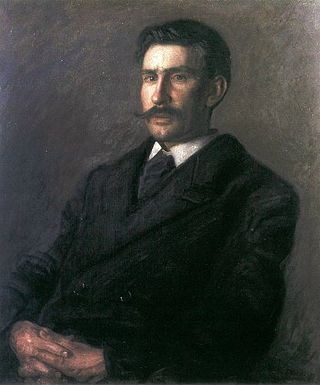
Edward Willis Redfield was an American Impressionist landscape painter and member of the art colony at New Hope, Pennsylvania. He is best known today for his impressionist scenes of the New Hope area, often depicting the snow-covered countryside. He also spent his summers on Boothbay Harbor, Maine, where he interpreted the local coastline. He frequently painted Maine's Monhegan Island.

Frances Anne Hopkins was a British painter. She was the third of Frederick William Beechey's five children. In 1858, she married a Hudson's Bay Company official, Edward Hopkins, whose work took him to North America. Hopkins travelled along with him. While sailing, she was able to sketch extensively, therefore, capturing a now lost way of living – the last days of the fur trade.
The Art of This Century gallery was opened by Peggy Guggenheim at 30 West 57th Street in Manhattan, New York City on October 20, 1942. The gallery occupied two commercial spaces on the seventh floor of a building that was part of the midtown arts district including the Museum of Modern Art, the Museum of Non-Objective Painting, Helena Rubinstein's New Art Center, and numerous commercial galleries. The gallery exhibited important modern art until it closed in 1947, when Guggenheim returned to Europe. The gallery was designed by architect, artist, and visionary Frederick Kiesler.

Guy Orlando Rose was an American Impressionist painter and California resident, who received national recognition in the late 19th and early 20th centuries.

William Frederic Ritschel, also known as Wilhelm Frederick Ritschel, was a California impressionist painter who was born in Nurenberg, Kingdom of Bavaria.
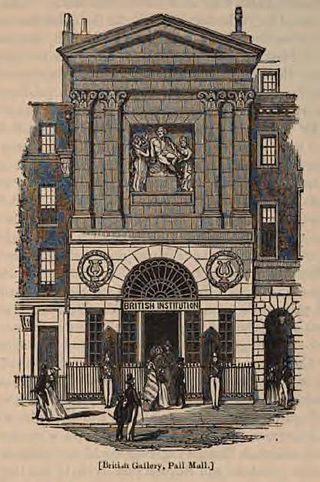
The British Institution was a private 19th-century society in London formed to exhibit the works of living and dead artists; it was also known as the Pall Mall Picture Galleries or the British Gallery. Unlike the Royal Academy it admitted only connoisseurs, dominated by the nobility, rather than practising artists to its membership, which along with its conservative taste led to tensions with the British artists it was intended to encourage and support. In its gallery in Pall Mall the Institution held the world's first regular temporary exhibitions of Old Master paintings, which alternated with sale exhibitions of the work of living artists; both quickly established themselves as popular parts of the London social and artistic calendar. From 1807 prizes were given to artists and surplus funds were used to buy paintings for the nation. Although it continued to attract members and visitors, in 1867, when the lease on its quarters expired, instead of renewing the society wrapped up its affairs.

Thomas Kinkade's Christmas Cottage is a 2008 Christmas biopic directed by Michael Campus, the first film he had directed in more than 30 years. It stars Jared Padalecki as painter Thomas Kinkade and features Peter O'Toole, Marcia Gay Harden and Aaron Ashmore.
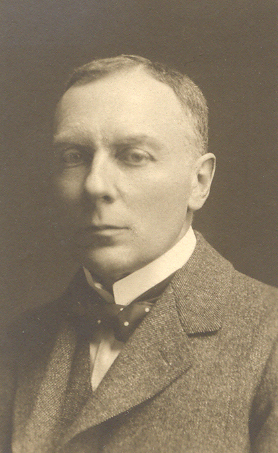
Robert Polhill Bevan was a British painter, draughtsman and lithographer who was married to the Polish-born artist Stanisława de Karłowska. He was a founding member of the Camden Town Group, the London Group, and the Cumberland Market Group.
Henrietta Mary Shore was a Canadian-born artist who was a pioneer of modernism. She lived a large part of her life in the United States, most notably California.

Pedro Joseph de Lemos was an American painter, printmaker, architect, illustrator, writer, lecturer, museum director and art educator in the San Francisco Bay Area. Prior to about 1930 he used the simpler name Pedro Lemos or Pedro J. Lemos; between 1931 and 1933 he changed the family name to de Lemos, believing that he was related to the Count de Lemos (1576–1622), patron of Miguel de Cervantes. Much of his work was influenced by traditional Japanese woodblock printing and the Arts and Crafts Movement. He became prominent in the field of art education, and he designed several unusual buildings in Palo Alto and Carmel-by-the-Sea, California.
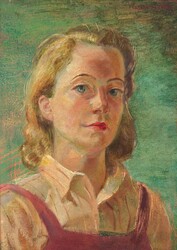
Felicia Meyer (1912–1978) was an American painter known for her landscapes, city scenes, and portraits. Her style was realist. She lived part of the year in Manhattan and part in southern Vermont and her paintings depict subjects from both locales. During the 1930s and 1940s her work appeared frequently in group exhibitions and she was given solo exhibitions intermittently between 1942 and 1974. Early in her career a New York critic called her paintings "coherent" and "deeply unified," and after her death the art historian, Lloyd Goodrich, wrote that "her landscapes, with their sense of nature's life, their freshness and delicacy, and their unostentatious skill, were pervaded with a lyrical poetry of a very personal kind."

The Carmel Art Association (CAA) is a Not-for-profit arts organization and gallery located in Carmel-by-the-Sea, California. The CAA is Carmel's oldest gallery. It features the work of many local artists living on the Monterey Peninsula. Many of its members were early California artists. The CAA is a 501(c)(3) organization. CAA was recorded with the National Register of Historic Places on May 10, 2002.

Sydney Jones Yard was an American painter who became one of the most famous watercolor artists in the United States, and the first professional artist to settle in the new community of Carmel-by-the-Sea, California.
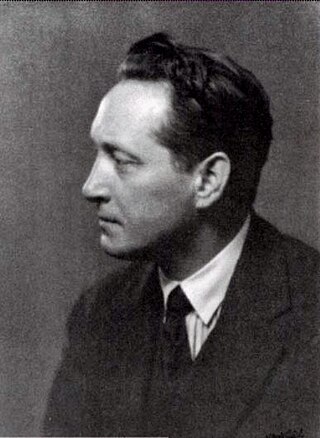
John O'Shea was a California impressionist painter known for landscape, marine, figure, and portrait painting. He was one of the major artists in Carmel-by-the-Sea, California between 1917-1945. He was a resident of Carmel for 36 years.

















